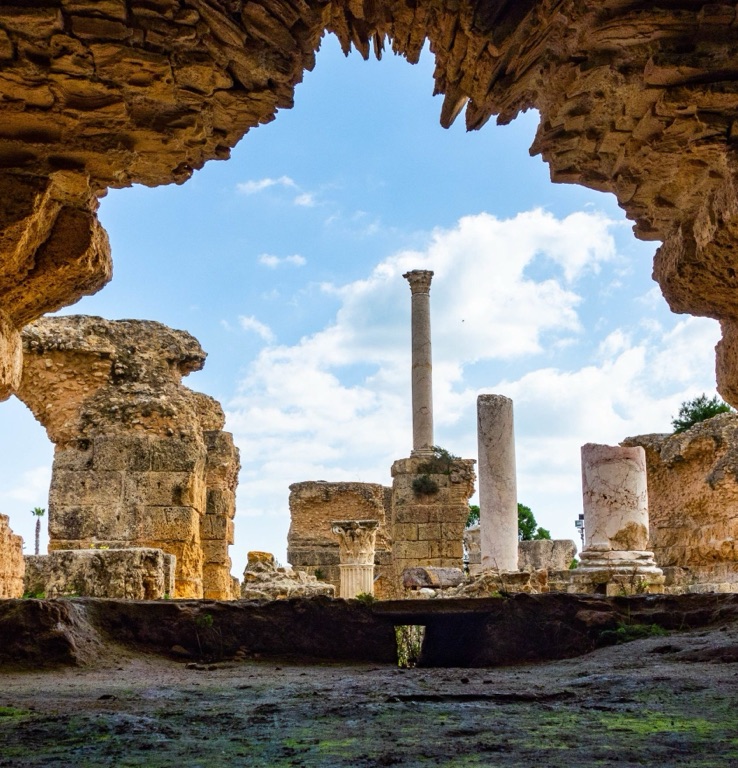Carthage was an ancient city located on the eastern side of Lake Tunis, in what is now Tunisia. Founded by the Phoenicians in the 9th century BC, it grew to become a vast and powerful city-state that dominated the Mediterranean. Carthage was renowned for its wealth, sophistication, and naval prowess. It was a major hub of trade and commerce, and its influence extended across North Africa, the Iberian Peninsula, and the islands of the Mediterranean. Despite its eventual destruction by Rome in the Third Punic War, Carthage’s legacy continues to shape our understanding of the ancient world.
Get your dose of History via Email
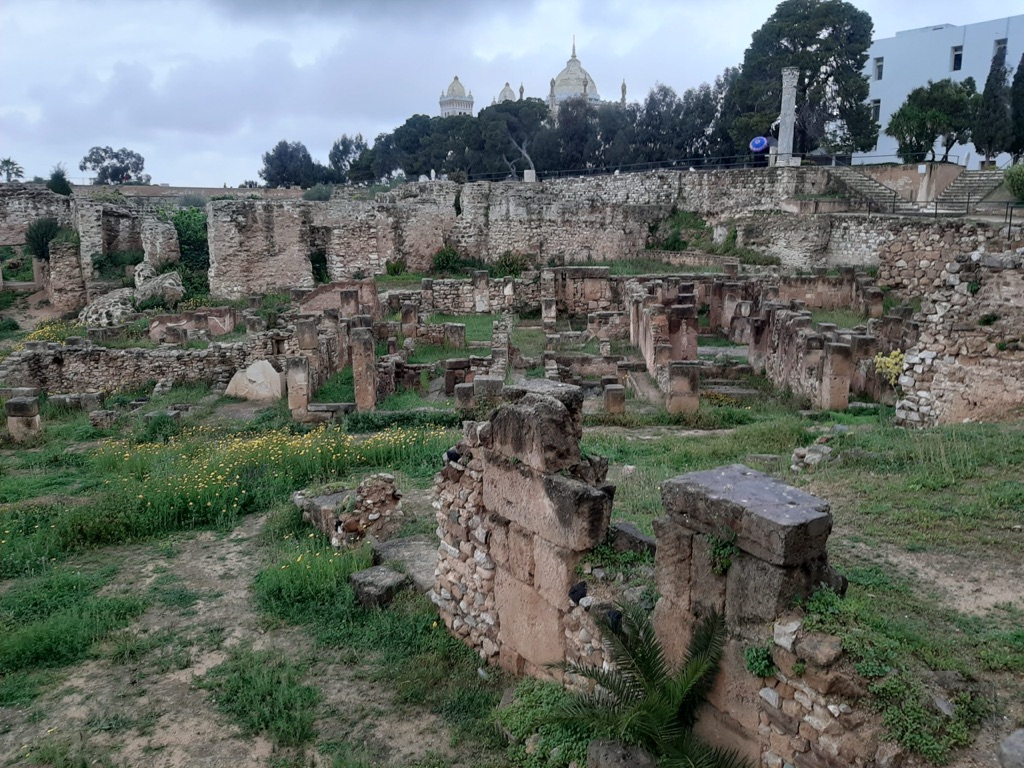
What is the historical significance of Carthage and what civilizations have inhabited it?
Carthage’s historical significance lies in its role as a major power in the ancient Mediterranean world. It was founded by the Phoenicians, a seafaring people from the eastern Mediterranean, who established Carthage as a trading outpost. Over time, Carthage grew in wealth and power, becoming a dominant force in the western Mediterranean.
The Carthaginians were renowned for their maritime skills and commercial acumen. They established trade networks that spanned the Mediterranean, exchanging goods such as textiles, metals, and agricultural products. This trade brought Carthage into contact with many different civilizations, including the Greeks, Romans, and various North African tribes.
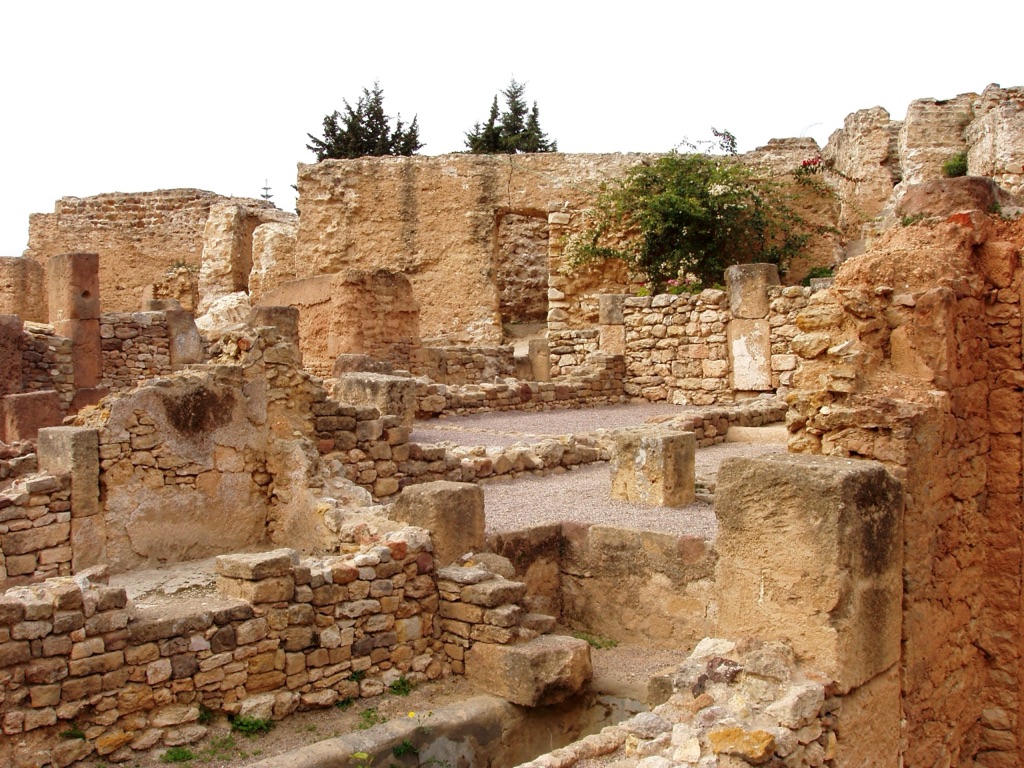
Despite its Phoenician origins, Carthage developed a distinct culture and identity. It became a melting pot of different peoples and cultures, with a diverse population that included Phoenicians, Libyans, Greeks, and later, Romans.
Carthage’s dominance was challenged by Rome in the Punic Wars. There were three Punic Wars, fought between 264 and 146 BC. The Third Punic War resulted in Carthage’s destruction by Rome in 146 BC. However, its legacy lived on. The Romans rebuilt Carthage, and it became one of the major cities of the Roman Empire.
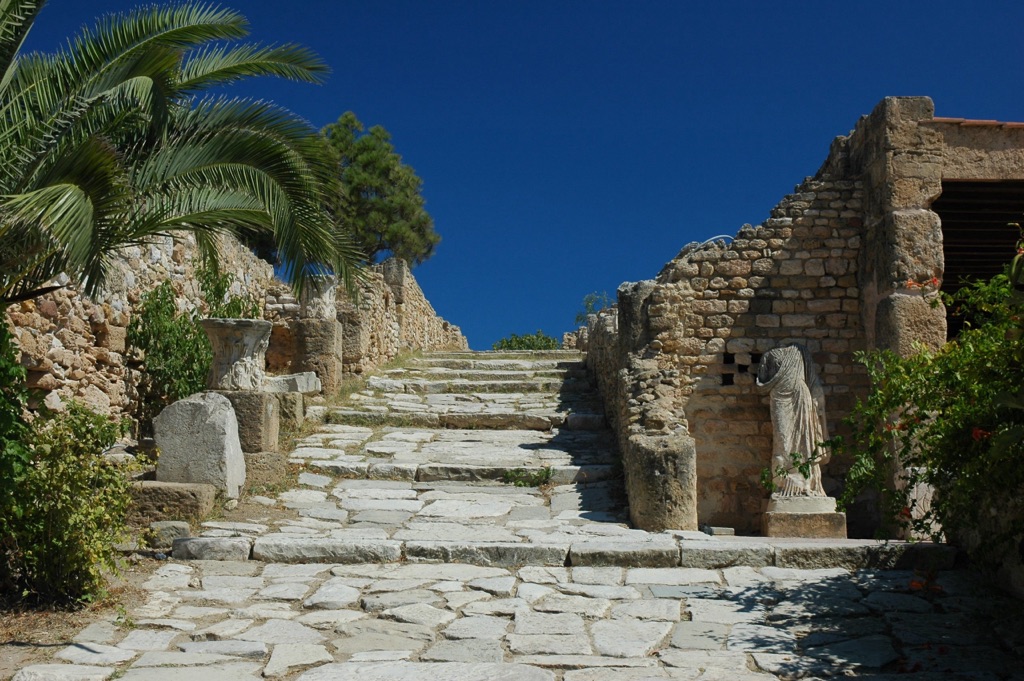
What role did Carthage play in the ancient Mediterranean world and how did it influence other civilizations?
Carthage played a central role in the ancient Mediterranean world. As a major trading power, it facilitated the exchange of goods, ideas, and culture across the Mediterranean. Its maritime prowess and commercial acumen helped to shape the economic and political landscape of the ancient world.
Carthage’s influence extended far beyond its immediate surroundings. Its trade networks reached as far as the British Isles and the coast of West Africa, bringing it into contact with a wide range of civilizations. Through trade, Carthage spread its own culture and technology, while also absorbing influences from other cultures.
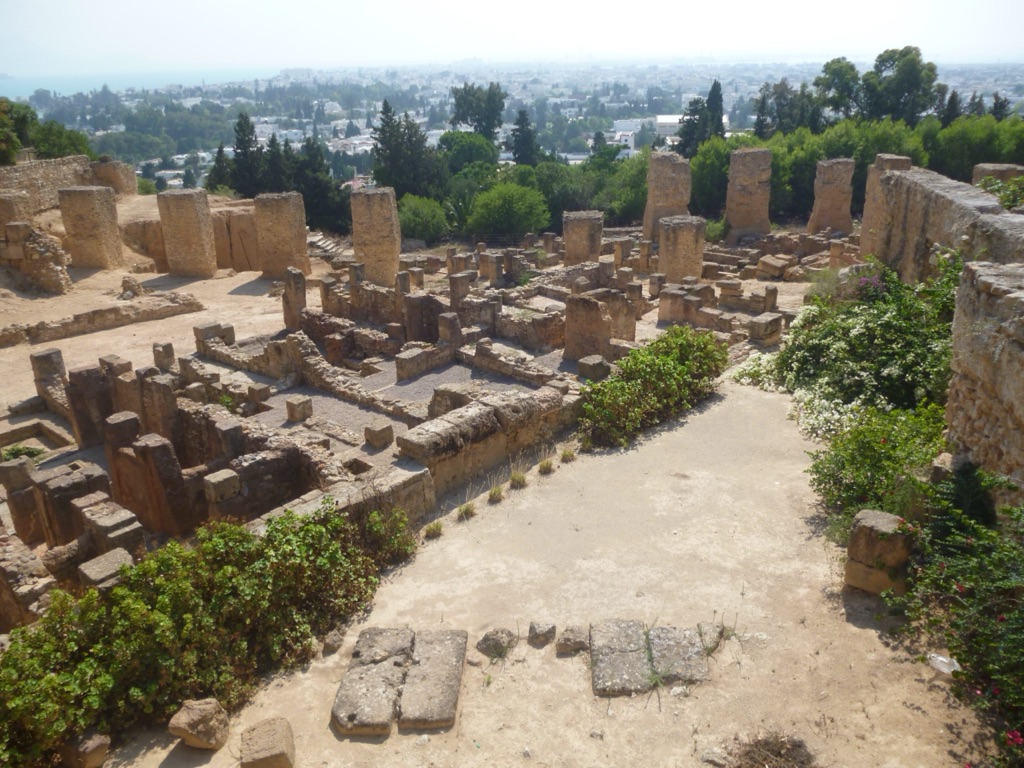
Carthage’s military power was also significant. Its navy was one of the most formidable in the ancient world, and it played a crucial role in the Punic Wars against Rome. Although Carthage was ultimately defeated, its military strategies and tactics had a lasting impact on Roman warfare.
Carthage’s influence continued even after its destruction. The Romans, who rebuilt Carthage, were heavily influenced by Carthaginian culture and technology. Many aspects of Carthaginian civilization, including its art, architecture, and urban planning, were incorporated into the Roman Empire.
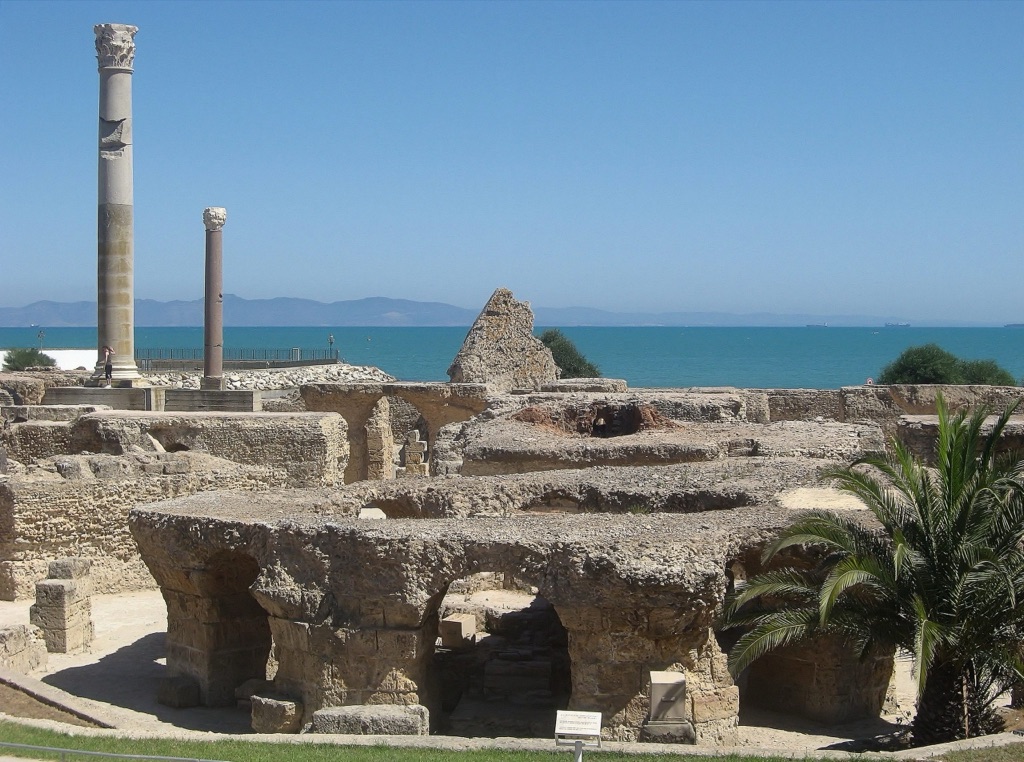
What is the historical significance of Carthage and what civilizations have inhabited it?
Carthage was a pivotal center of trade and culture in the ancient Mediterranean world. Founded by the Phoenicians, it was later inhabited by a variety of civilizations, including the Romans, Vandals, and Byzantines, each of whom left their mark on the city.
Carthage’s historical significance is further underscored by its role in the Punic Wars, a series of conflicts with Rome that shaped the course of Western history. Despite its eventual defeat and destruction, Carthage’s legacy lived on through the civilizations that succeeded it.
Carthage was a cosmopolitan city, home to a diverse population of Phoenicians, Libyans, Greeks, and Romans. This diversity is reflected in the city’s architecture, art, and culture, which exhibit a blend of influences from these various civilizations.
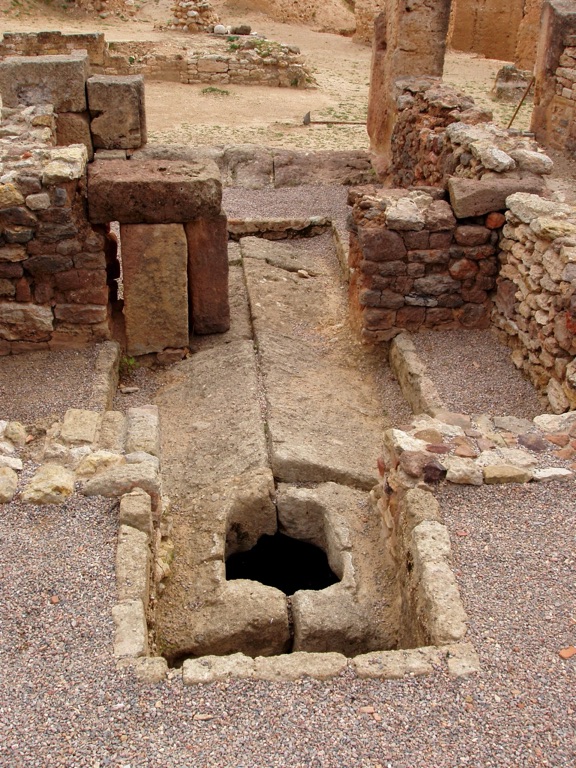
What are some of the key archaeological discoveries that have been made at Carthage?
Carthage is a treasure trove for archaeologists, with numerous discoveries shedding light on its rich history. One of the most significant finds is the city’s harbor, a marvel of ancient engineering. The harbor was designed to accommodate a large fleet of ships, with a circular design that allowed for easy movement of vessels.
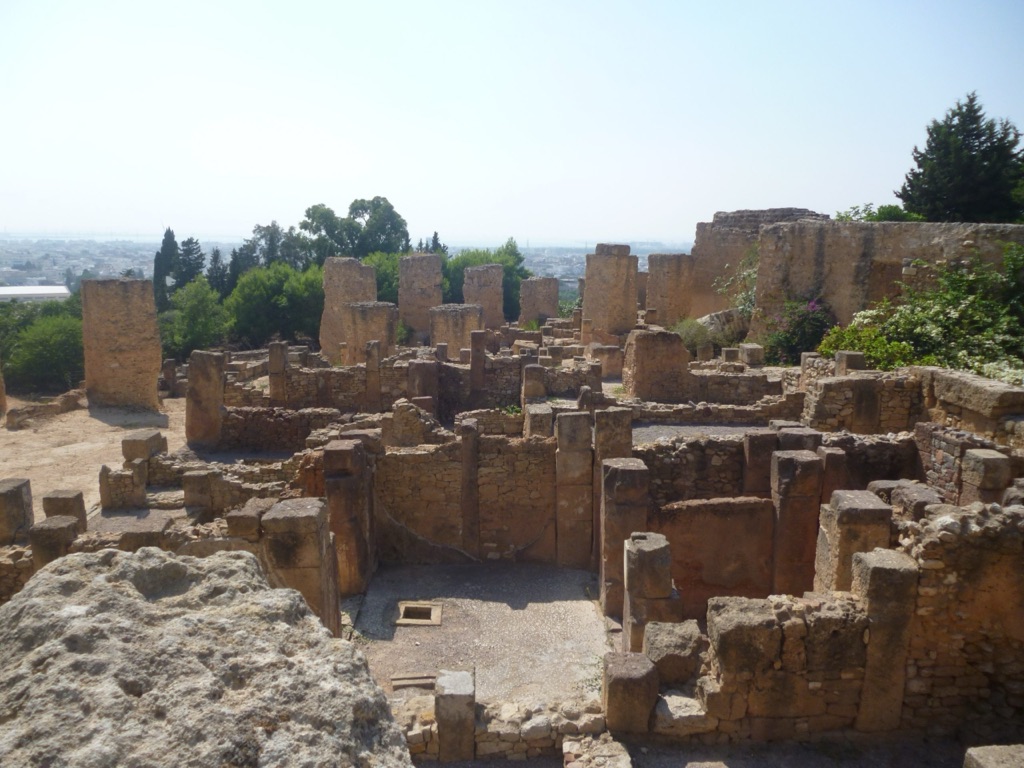
Another important discovery is the Tophet, a sacred site used for child sacrifice. The Tophet contains thousands of small stone markers, each one representing a child who was sacrificed. This grim practice was a central part of Carthaginian religion, and the Tophet provides valuable insights into this aspect of Carthaginian culture.
Archaeologists have also uncovered a wealth of artifacts, including pottery, jewelry, and coins, which provide a glimpse into the daily life of Carthaginians. These artifacts reveal a society that was highly sophisticated, with a keen appreciation for art and craftsmanship.
Perhaps the most famous discovery at Carthage is the ruins of the city itself. The city was meticulously planned, with a grid-like street layout, public buildings, and luxurious private homes. These ruins provide a window into the grandeur of Carthage at its height.
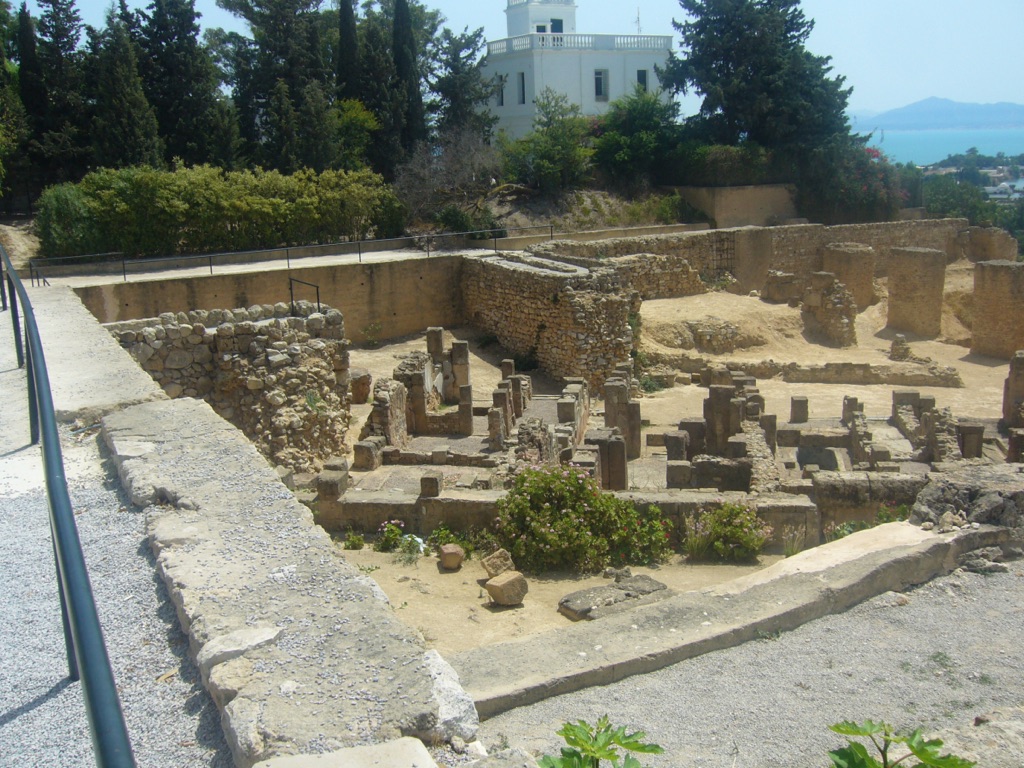
What role did Carthage play in the ancient Mediterranean world and how did it influence other civilizations?
It was a major player in the ancient Mediterranean world, with its influence felt across a wide range of areas. As a hub of trade, it facilitated the exchange of goods and ideas, shaping the economic and cultural landscape of the region.
Carthage’s maritime prowess was legendary. Its navy was one of the most powerful in the ancient world, and it played a key role in the city’s rise to power. Carthage’s naval strategies and tactics were emulated by other civilizations, including Rome.
The city’s cultural influence was also significant. Carthage was a melting pot of different cultures, and its art, architecture, and technology were widely admired and copied. Even after its destruction, Carthage’s legacy lived on, with many aspects of its civilization incorporated into the Roman Empire.
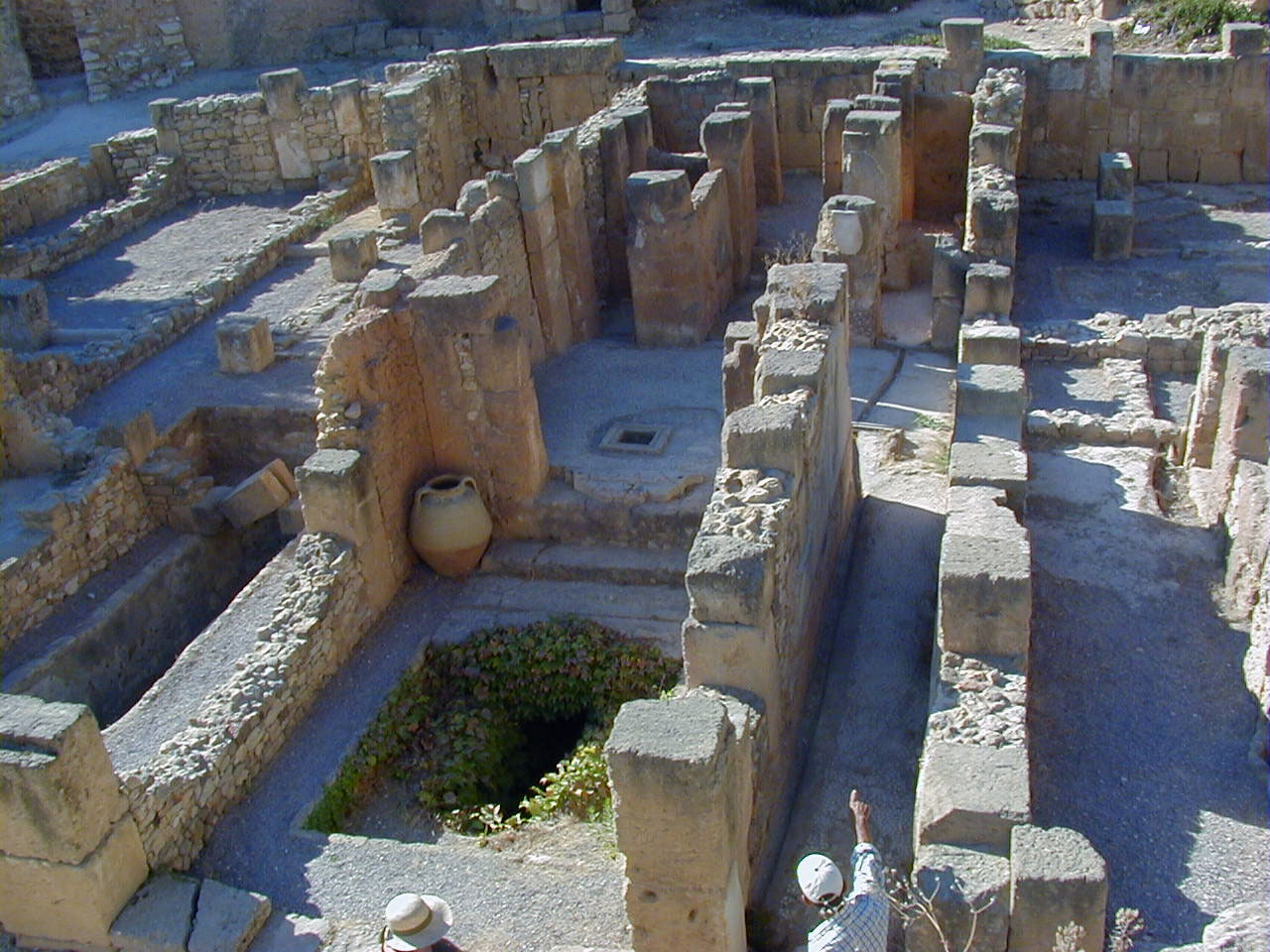
Conclusion and Sources
In conclusion, Carthage was a beacon of ancient civilization, a city that played a pivotal role in shaping the Mediterranean world. Its legacy, as seen through its influence on trade, culture, and warfare, continues to resonate today.

For further reading and verification of the information presented in this article, the following sources are recommended:

